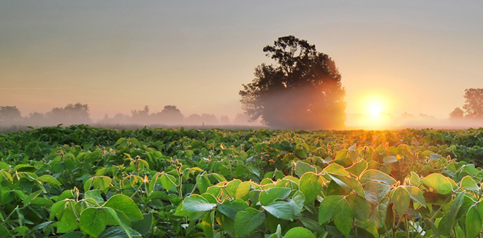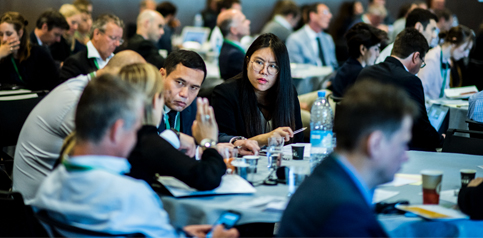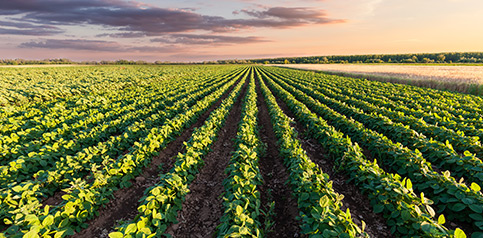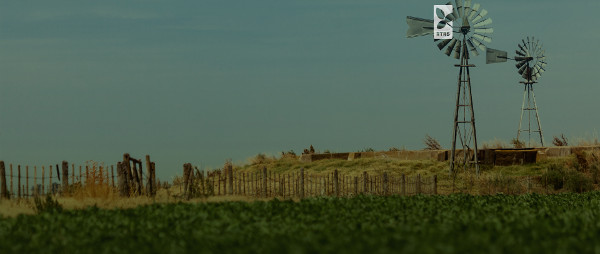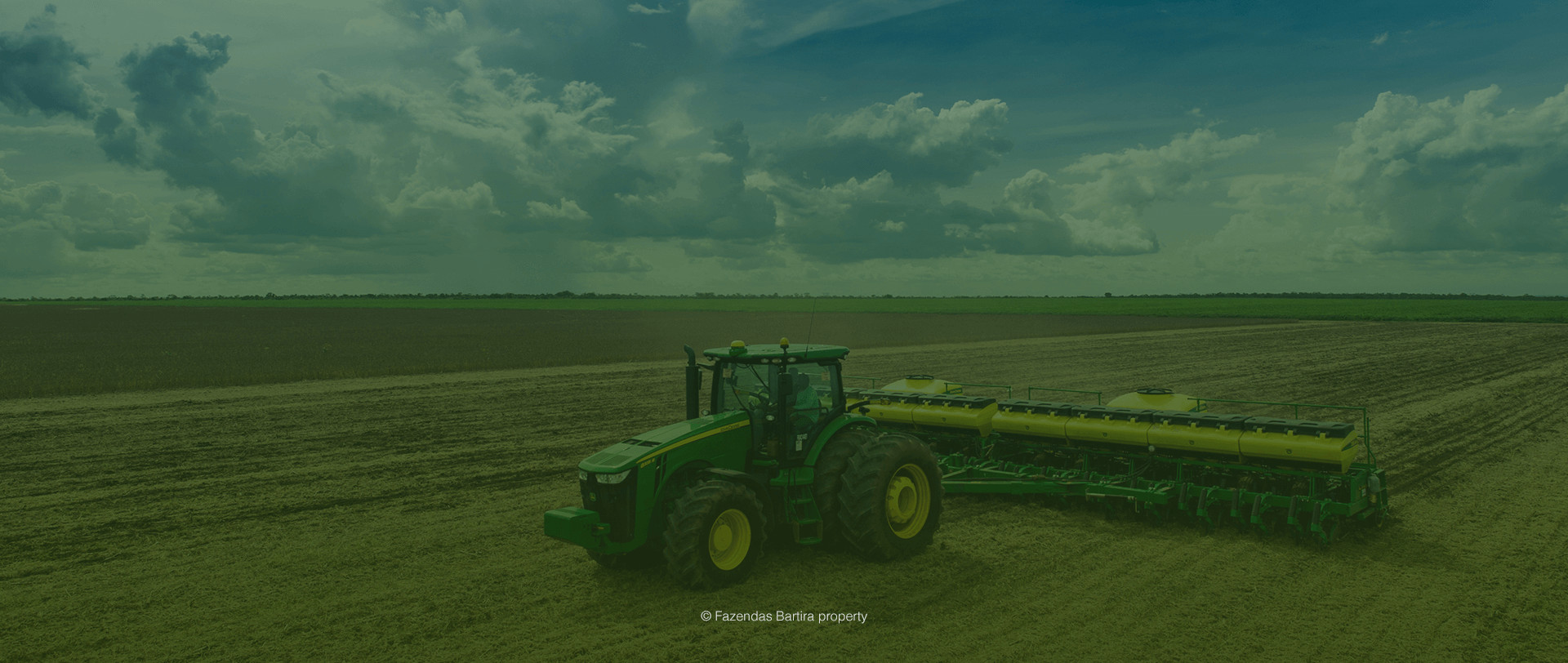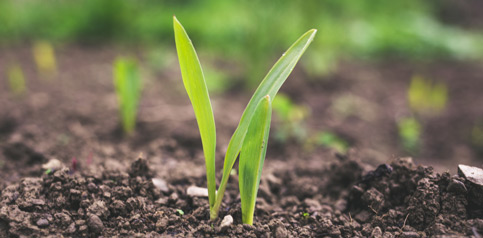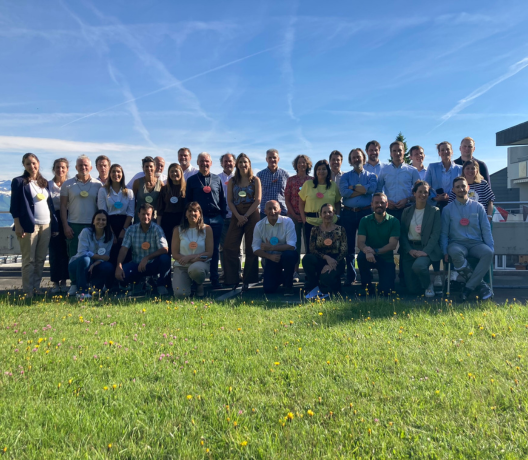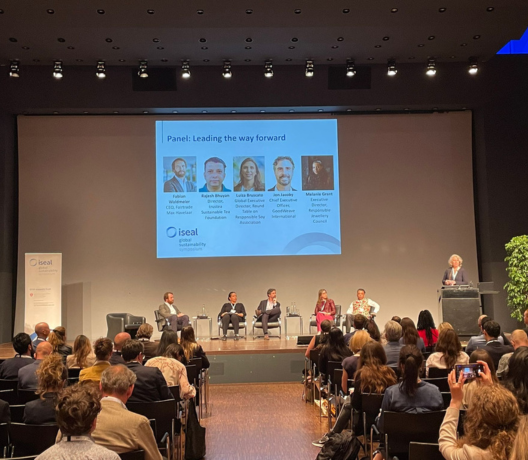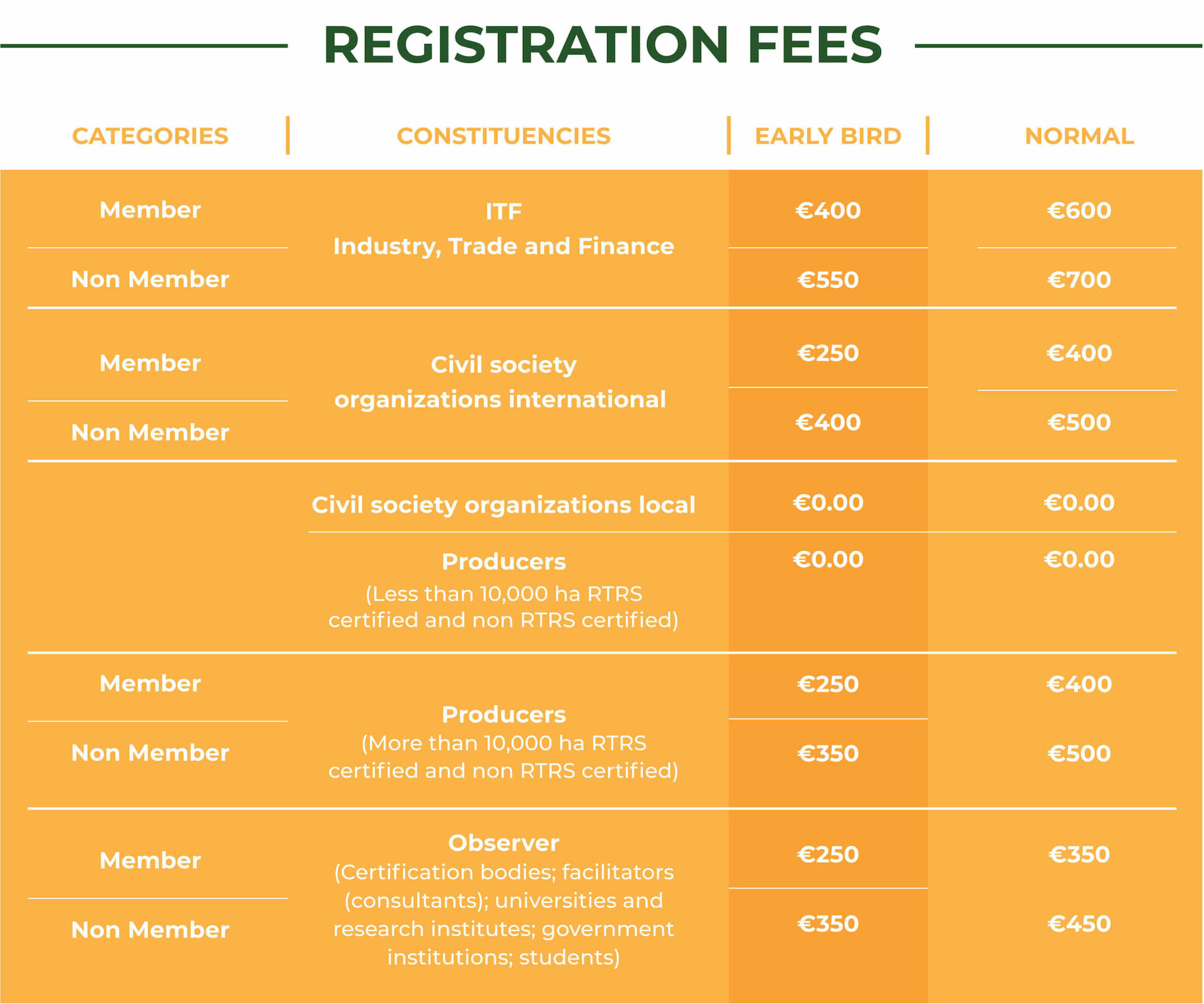Amazon and the Cerrado situation
Statement from RTRS
The fires in the Amazon and the Cerrado are currently the topic of major concern globally, and even goes far beyond Brazil, including the Argentinian, Bolivian and Paraguayan Chaco.
Sustainable agricultural practices provide a concrete contribution to solving sustainability issues in soy production by improving production methods at farm level and enabling all stakeholders in the soy supply chain to also take responsibility.
As a multistakeholder platform to discuss and develop solutions, aiming to reach consensus, on the key economic, social and environmental impacts of soy, RTRS believes it is essential that further destruction to the rainforest be avoided and encourages collaboration with other associations and existing initiatives to discuss, together with governments and the private sector, ways to implement existing instruments and to provide benefits and support to producers and organisations who strive for more sustainable agricultural practices. Ongoing work to catalyze actions towards zero deforestation and conversion of forests and natural vegetation must be enhanced.
Since 2006, RTRS has worked steadfastly to ensure that sustainable soy production practices and better land management systems are instituted wherever certified sustainable soy is cultivated.
The RTRS zero deforestation and zero conversion scheme forbids unsustainable agricultural practices in soy production and does not permit practices that contribute to deforestation or that allow conversion of any natural land; this means that no conversion of any natural vegetation, steep slopes and areas designated by law to serve the purpose of native conservation and/or cultural and social protection is permitted.
The RTRS certification standard is active in the Amazon and the Cerrado.
According to RTRS records, in 2018 across Brazil there were 1.041.886 hectares and 3.919.545 tons of RTRS certified soy, and 595,782 hectares of protected areas. In the Amazon alone, 205.895 hectares and 708.755 tons were certified with the RTRS certification and 168.124 hectares of protected areas were recorded. And, according to the same records in the Cerrado region in that same year there were 835.990,57 hectares and 3.210.789 tons of RTRS certified soy, and 427.658 hectares of protected area.
For each hectare of soybean crops 0.59 hectares are preserved forest, which shows that producers who introduce sustainable and responsible practices preserve native vegetation areas, even when the regulatory framework allows for conversion.
So far, and according to our records, we can confirm that neither the RTRS certified farms nor the protected areas were affected by fires.
Soy production should not jeopardize global biodiversity – that is our starting point. RTRS believes wemust work together in a combined approach to achieve truly sustainable (soy) value chains.


